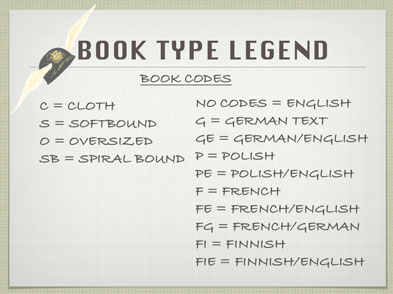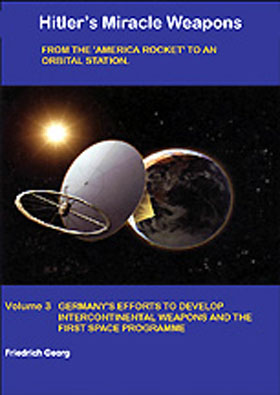
PRODUCT SEARCH
Free Shipping on orders of 8 or more books.
Applies to US Shipments only.
|
Shopping cart is empty.
|
HITLER'S MIRACLE WEAPONS THE SECRET HISTORY OF THE ROCKETS AND FLYING CRAFT OF THE THIRD REICH VOLUME 2 - FROM THE V-1 TO THE A-9 UNCONVENTIONAL SHORT AND MEDIUM RANGE WEAPONS
Book Type: C, O By Friedrich Georg. Following on from the success of volume 1, Friedrich Georgâs second book in the series covers unconventional short- and medium-range weapons. In particular, this volume includes a wealth of information about the V-rocket program, not just the more familiar V-1 and V-2, but special variants of these two rockets as well as later experimental craft and weaponry. Following a fascinating examination of pre-war efforts to build flying bombs, the author examines the V-1 and V-2 projects in great detail. Particular attention is paid to special variants that have previously received little coverage. These include the V-2 A-4 âAmerica Rocketâ, and V-2s designed to carry nuclear and radiological warheads. The capability of the Germans to deploy such weapons is also discussed. A large number of weird and wonderful projects that never left the drawing board are examined, including the FR-35, V-6, V-101, Waterfall and Naval EMW A-7 rockets. The fascinating final section examines German plans to utilise such rocketry against London and Paris in 1945, as well as recounting the activities of V-weapons on other fronts, including Italy, Yugoslavia and the Eastern Front. The text is supported by b/w photographs and 16 superb pages of colour artwork, including profiles, computer-generated images of designs that never flew, and pictures of the authorâs own models. A superb study of Germanyâs short- and medium-range âmiracle weaponsâ, focusing on the V-1, V-2 and other rocketry. Includes great detail on numerous projects previously shrouded in mystery and secrecy, as well as evidence that the Germans utilized V-weapons in Italy, the Balkans and against the Soviets. Features 16 superb pages of full color artwork, including profiles, computer images and pictures of the authorâs own models representing many of the projects discussed in the text. 118 pp. 
|


